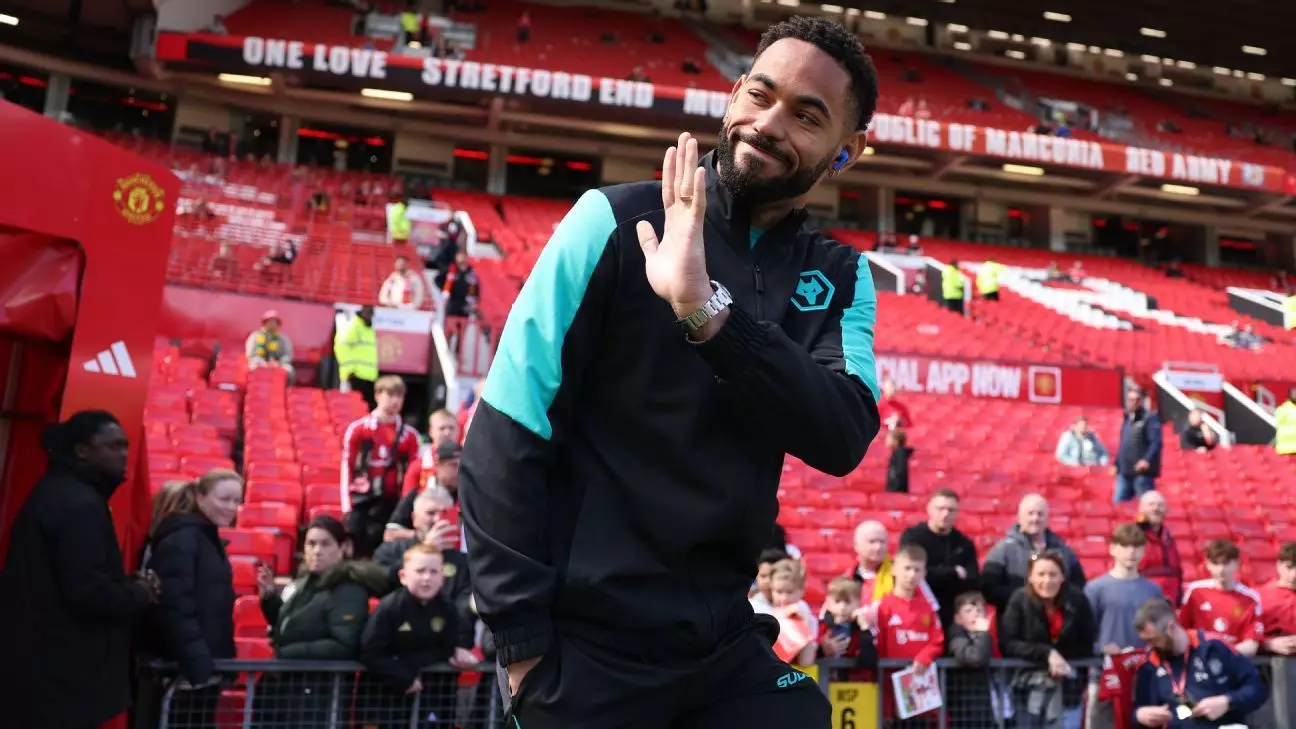The January transfer window of 2024 marked a significant uptick in expenditure among Premier League clubs, highlighting the relentless ambition and competitive spirit inherent within the league. With a staggering outlay of £370 million—compared to a modest £100 million spent in the prior year—the January window has captured attention, primarily due to the overwhelming influence of clubs like Manchester City that poured £180 million into high-profile signings. Although these figures fall short of the astronomical £815 million record set in the summer transfer window of 2023, they nonetheless raise crucial questions about the future of player acquisitions as the summer transfer window looms.
The evolution of the transfer process in England reflects broader trends in global football, where financial firepower is increasingly becoming the currency of success. Premier League clubs are not merely investing in players; they are curating identities, nurturing tactical strategies, and reinforcing the competitive frameworks that ensure their clubs remain at the apex of football excellence.
Structural Changes in the Transfer Window
One noteworthy alteration in the 2024 transfer landscape is the bifurcation of the summer window, a decision made necessary by the scheduling of the FIFA Club World Cup. Traditionally, the summer window has operated as a singular phase, providing clubs the latitude to reshape their squads in one continuous stretch. However, with the upcoming tournament interjecting a six-day hiatus in the window from June 10 to June 16, clubs are now faced with unique challenges. This temporary closure could have profound implications for timing and strategy in player acquisitions, compelling clubs to navigate their business with greater foresight and agility than in previous years.
This scenario also invites speculation regarding the types of deals clubs may prioritize. While international transactions not involving teams in the Club World Cup can still proceed post-June 1, it remains to be seen how this will affect the operations of clubs seeking a broader array of talent, particularly with high-stakes commitments in mind for the new season.
Analyzing Major Transfers and Their Implications
The fascination of the January transfer window is not solely in the figures but also in the quality of players involved. Each significant move carries implications that extend beyond canvases of numbers. For instance, Wolverhampton Wanderers’ £44 million acquisition of striker Matheus Cunha encapsulates both the excitement and peril of signing a player who was initially scrutinized for his lack of goal production. Nevertheless, his subsequent performances—boasting contributions of 19 and 21 goals over the past two seasons—speak volumes about the potential rewards that await clubs willing to exercise patience and belief in their talents.
On the other end of the spectrum, Liverpool’s acquisition of Mamardashvili for £35 million places them in an intriguing position. Here, a goalkeeper is being heralded as a future star, evocative of Gianluigi Donnarumma in stature and style. Despite his noted weaknesses in distribution, Liverpool’s tactical philosophy may indeed leverage his otherworldly shot-stopping abilities more effectively than Valencia could. This represents a classic gamble in football: one that could yield dividends if the player’s development aligns with Liverpool’s formidable aspirations.
Younger Talents Shaping Future Strategies
Another thread weaving through the fabric of this transfer narrative is the increasing emphasis on young players who carry the promise of becoming future superstars. Chelsea’s pursuit of Estêvão, characterized by a remarkable deal that could rise to £67 million, underscores a concerted move to invest in youth while also emphasizing risk management for future gains. Dubbed “Messinho,” Estêvão reflects a generational shift, wherein clubs not only seek immediate impact but also envision long-term contributions that transcend any single season’s circumstance.
Moreover, Real Madrid’s swift acquisition of Dean Huijsen from AFC Bournemouth for £50 million showcases how swiftly talent can transition to vastly superior platforms. As 2024 showcases Europe’s top clubs engaging in ever-more bidding wars, the notion of club identity is increasingly defined by their commitment to securing youthful potential—a vital strategy in sustaining a competitive edge.
The Broader Implications for Football
Overall, the final quarter of the 2023-24 season will unfold with heightened anticipation about how these transfers will play into the immediate and long-term visions of clubs. The significant investments not only shape teams on the pitch but also, by extension, alter the very dynamics of how clubs interact, compete, and influence market trends in global football. As the intertwined narratives of ambition and financial muscle play out, the impact of transfer activity extends far beyond the closing of windows; it reverberates through stadiums, fanbases, and future seasons alike.
In this evolving landscape, the implications of spending big, acquiring youth, and strategically reshaping team identities paves the way for an exhilarating future in the Premier League and beyond, where financial acumen marries sporting aspirations in the quest for glory.

